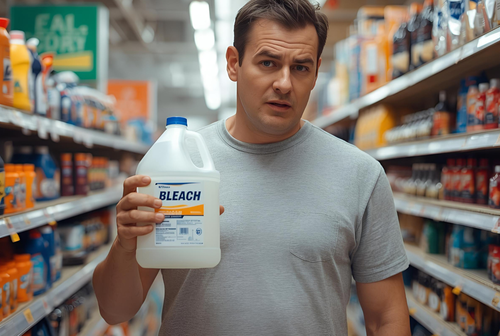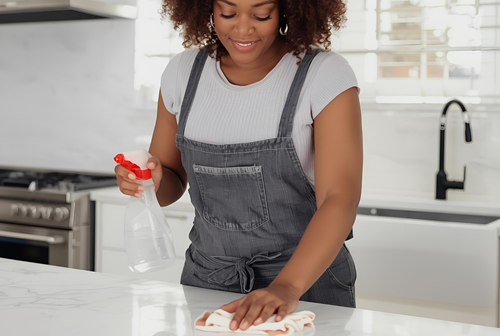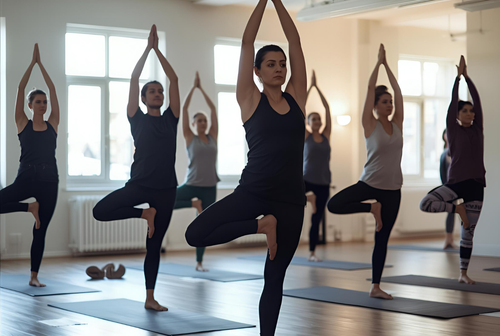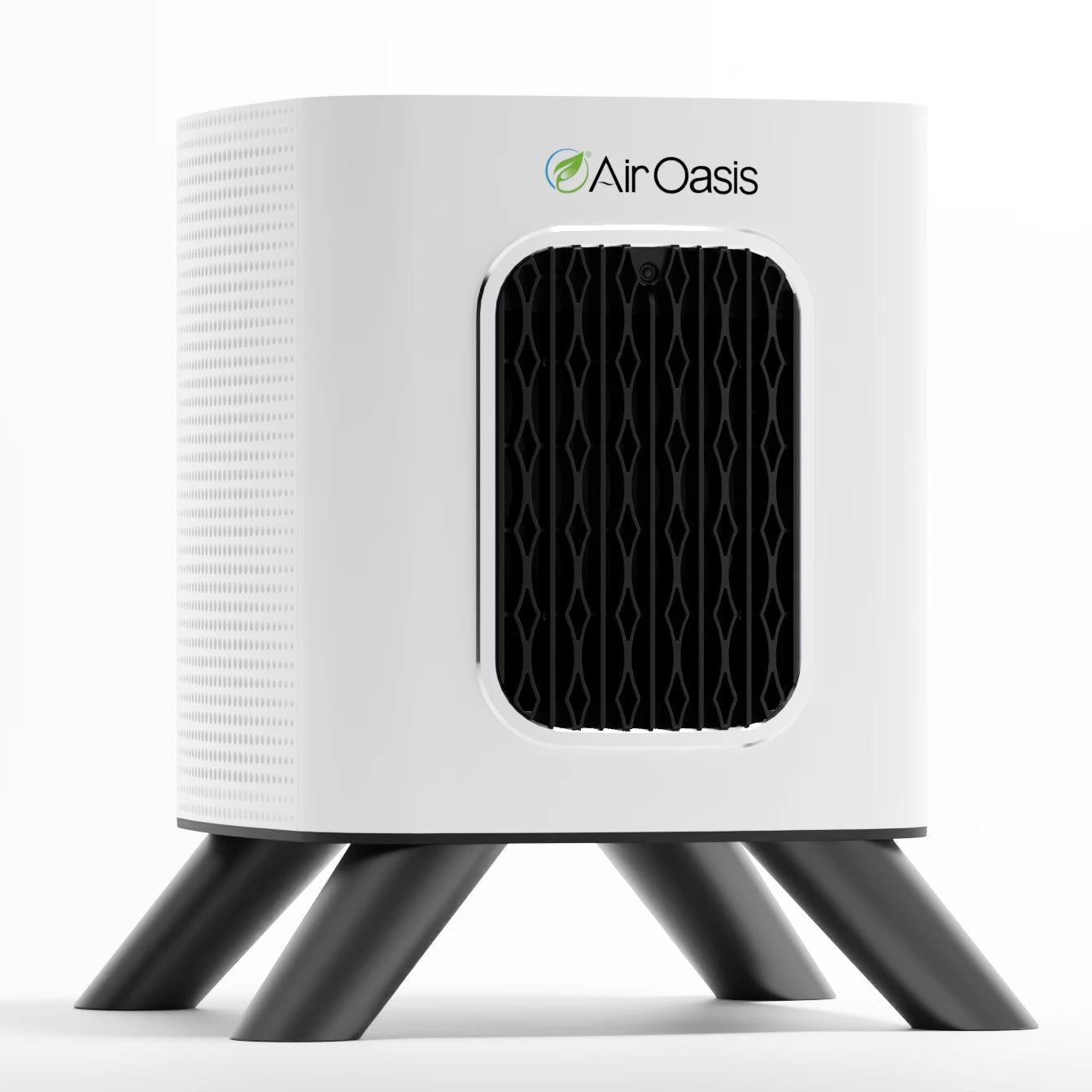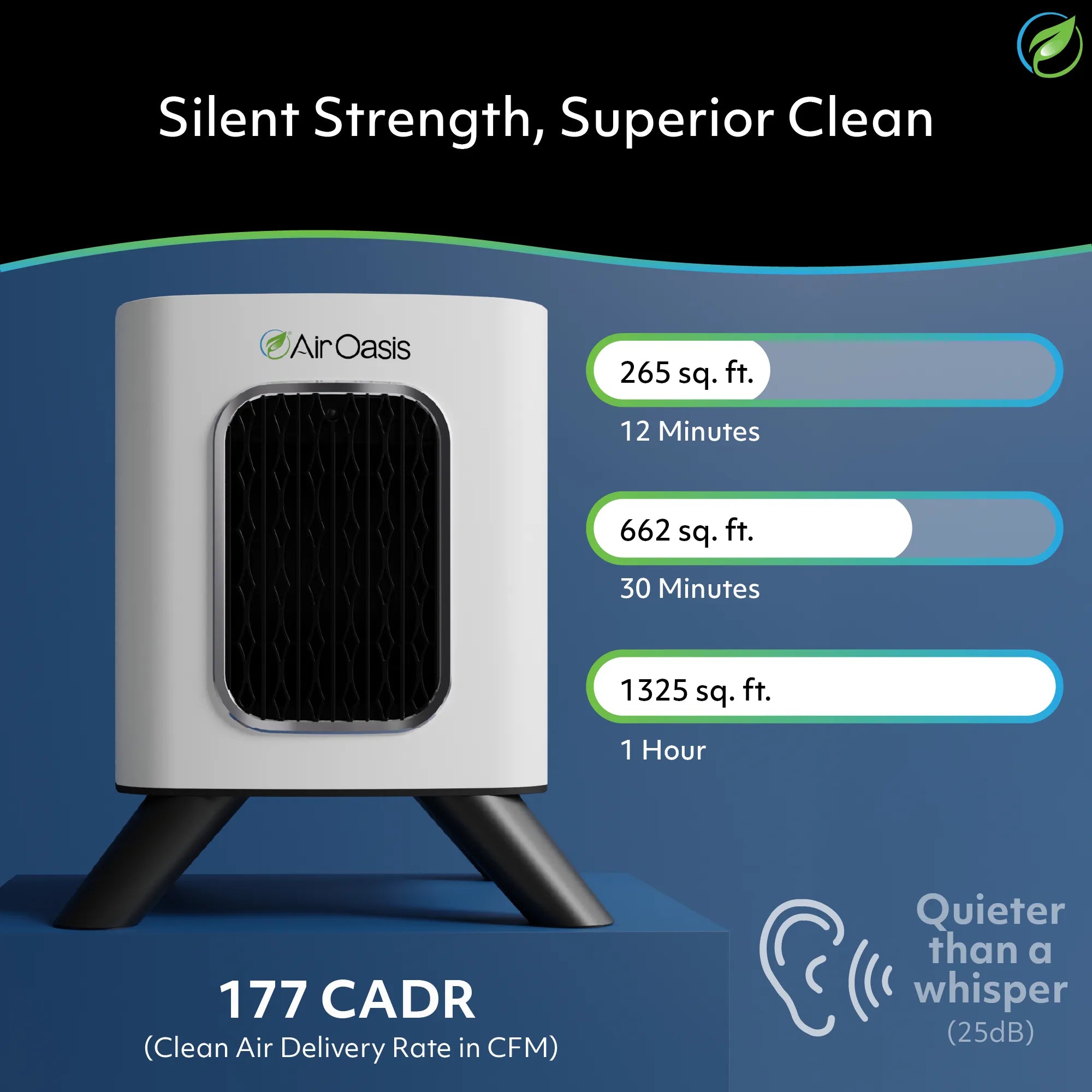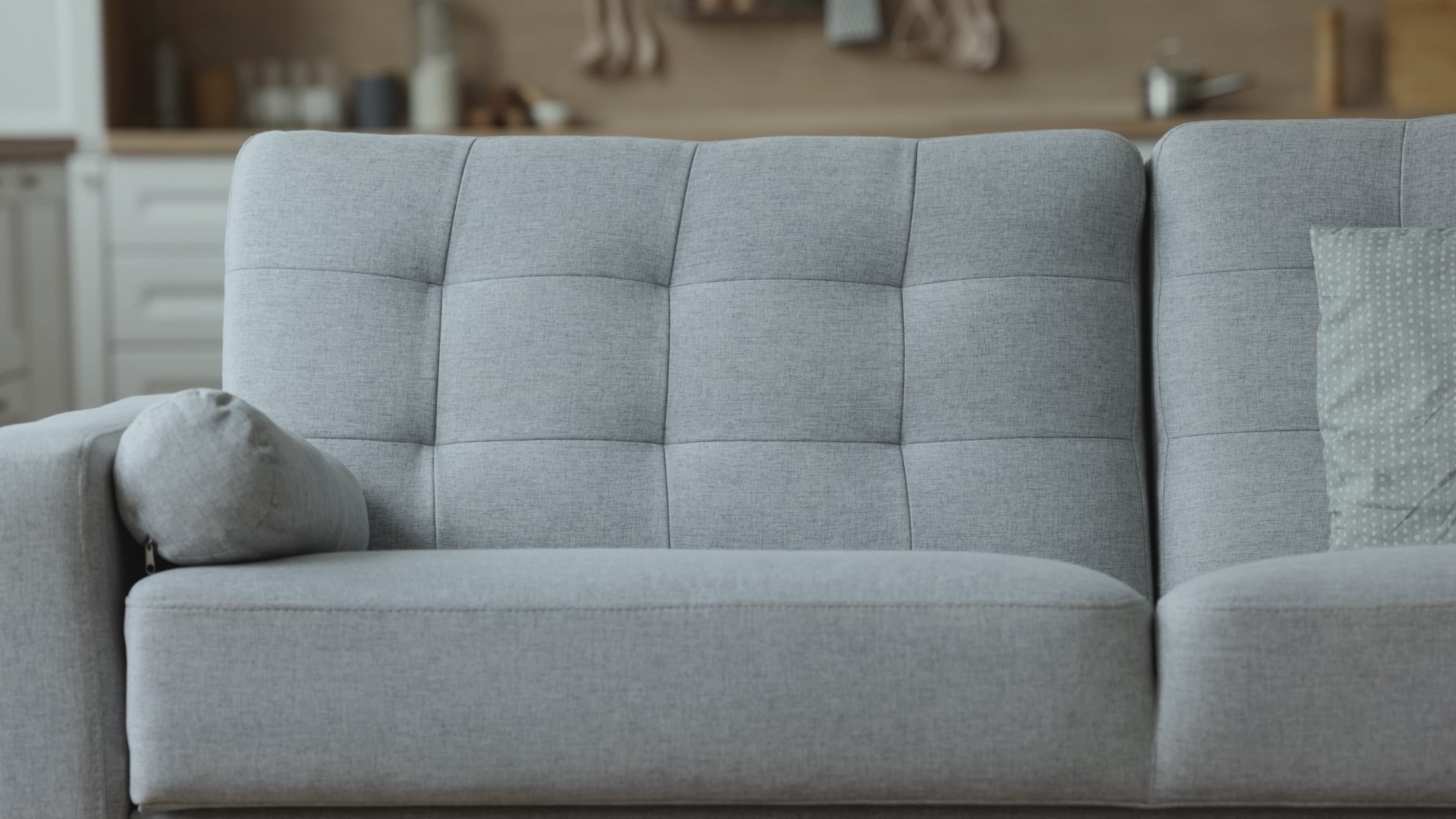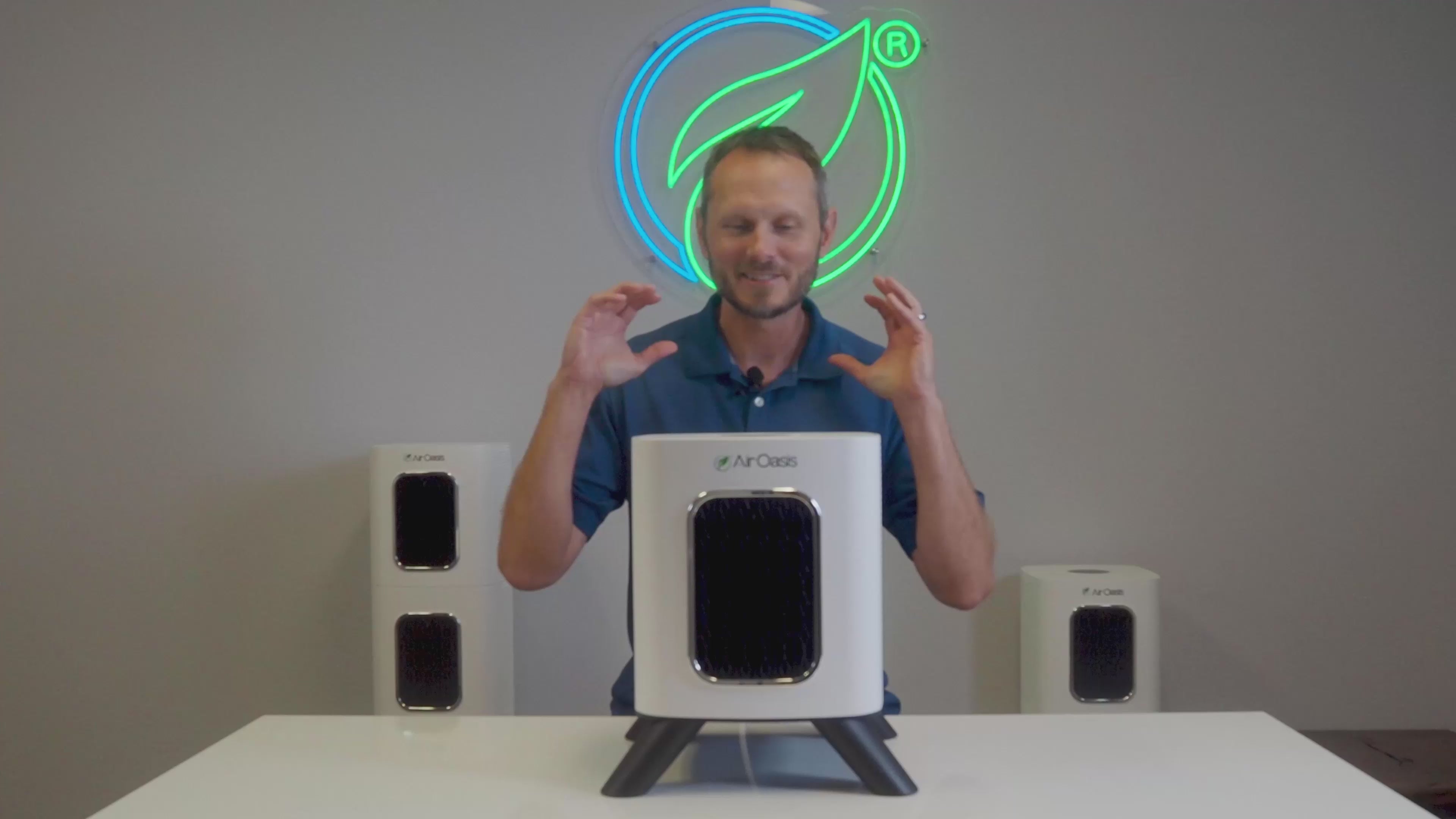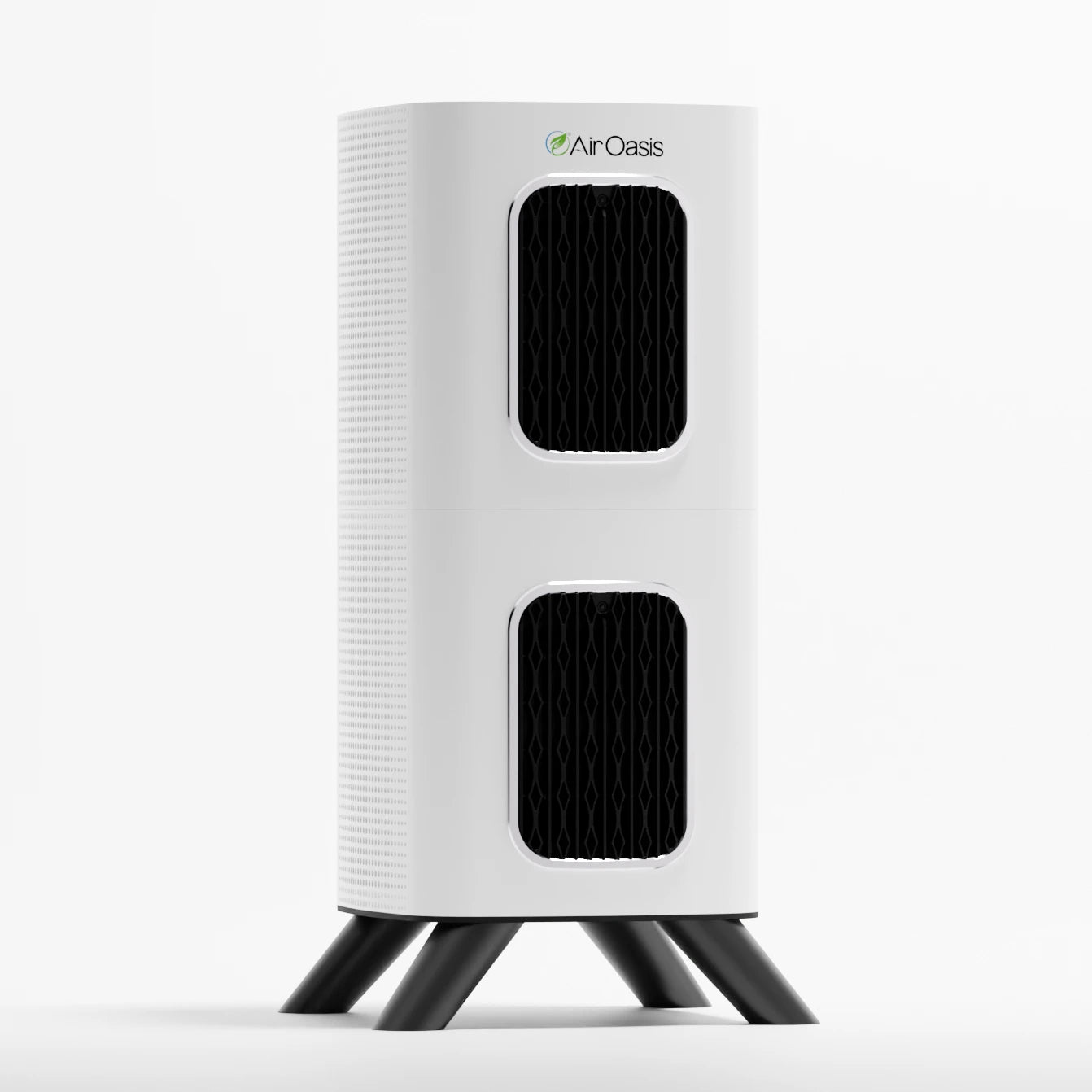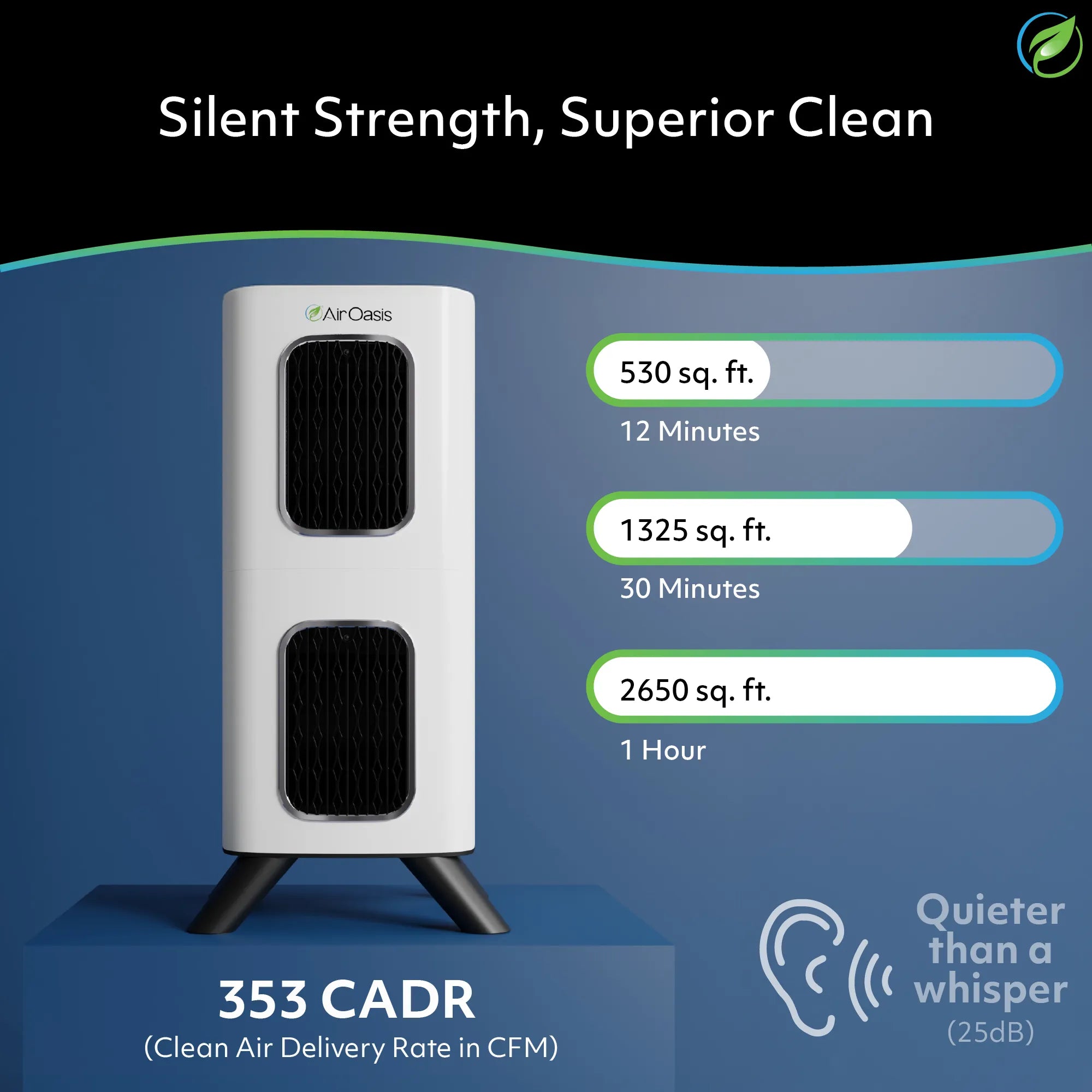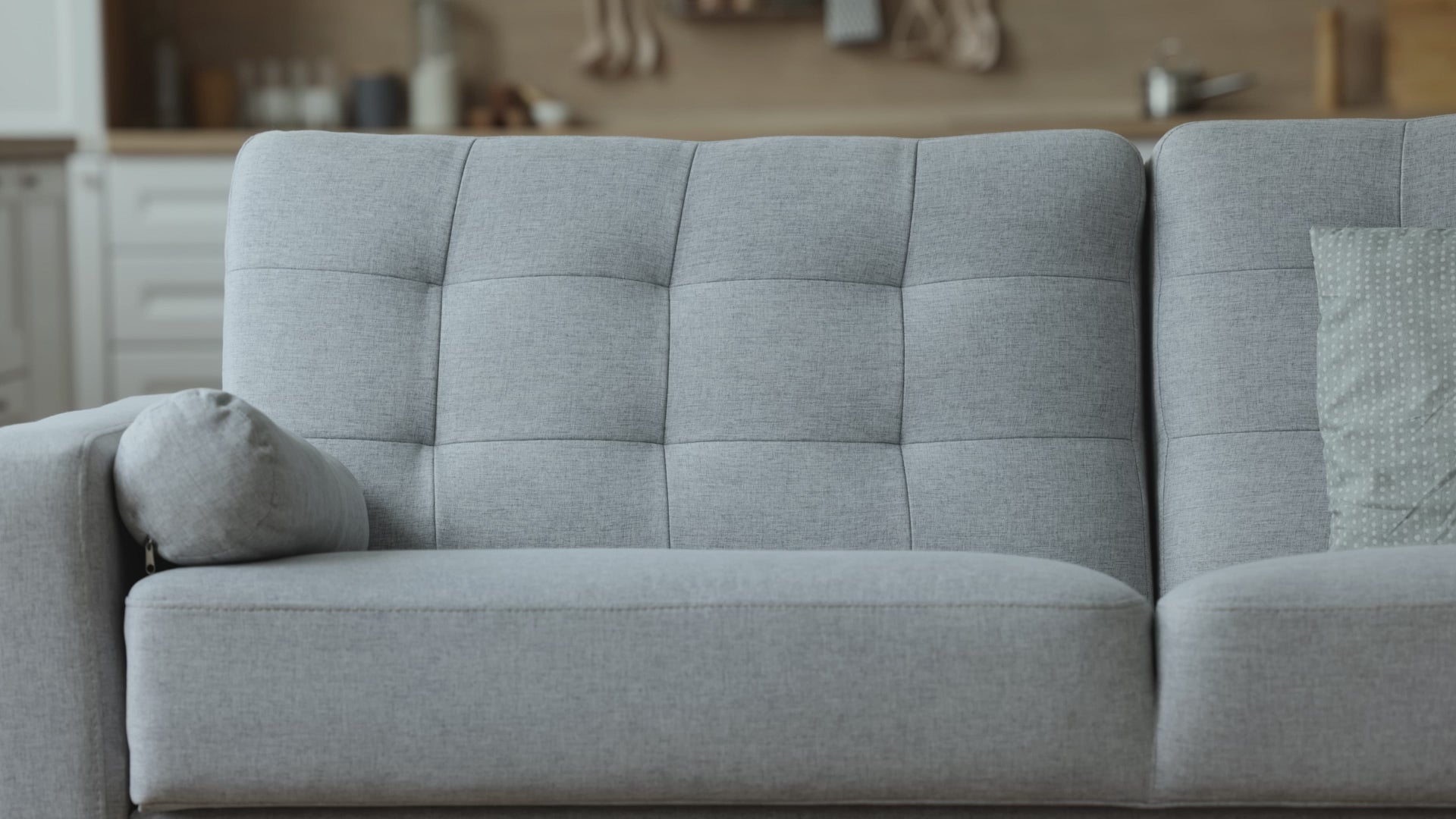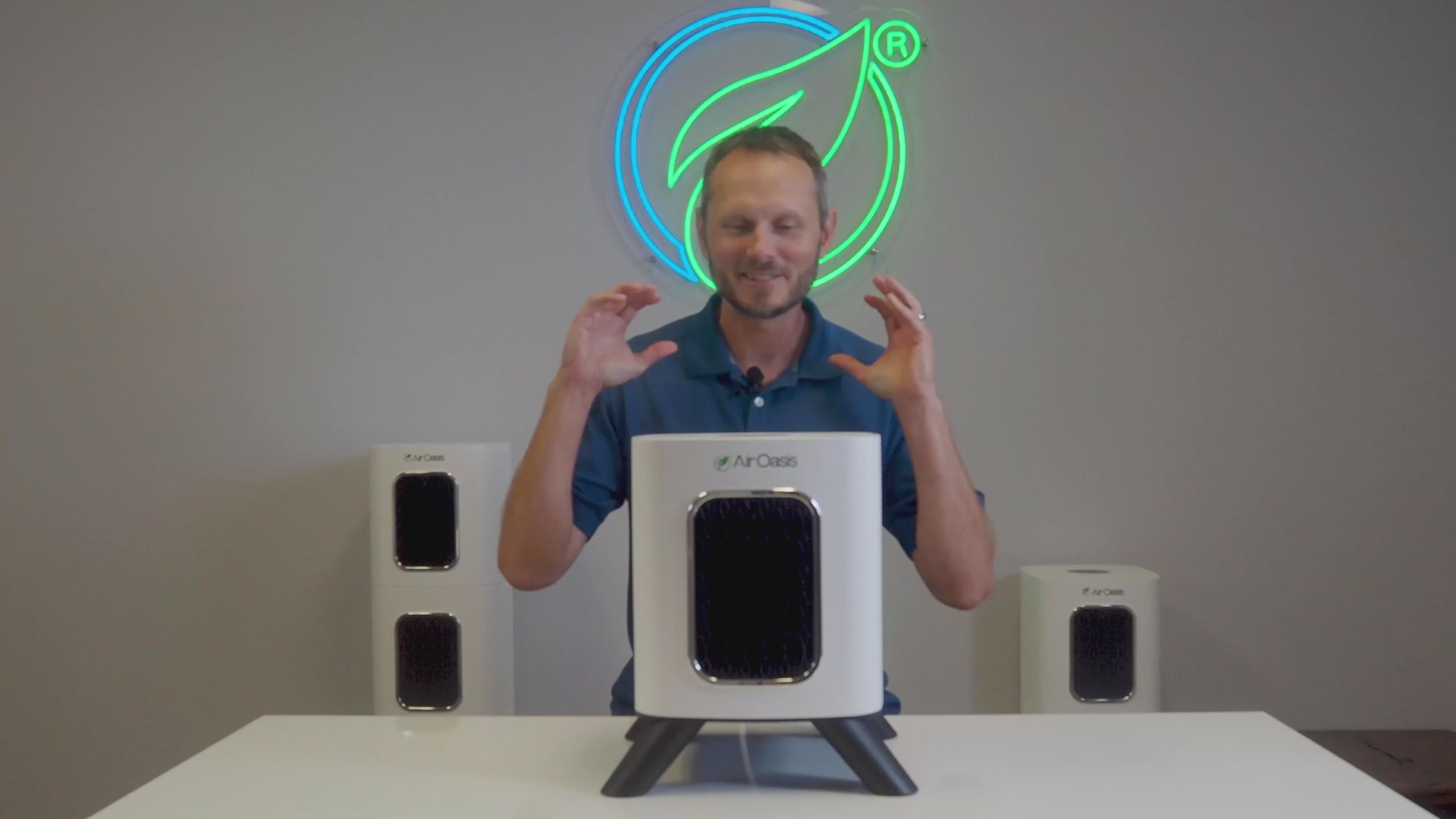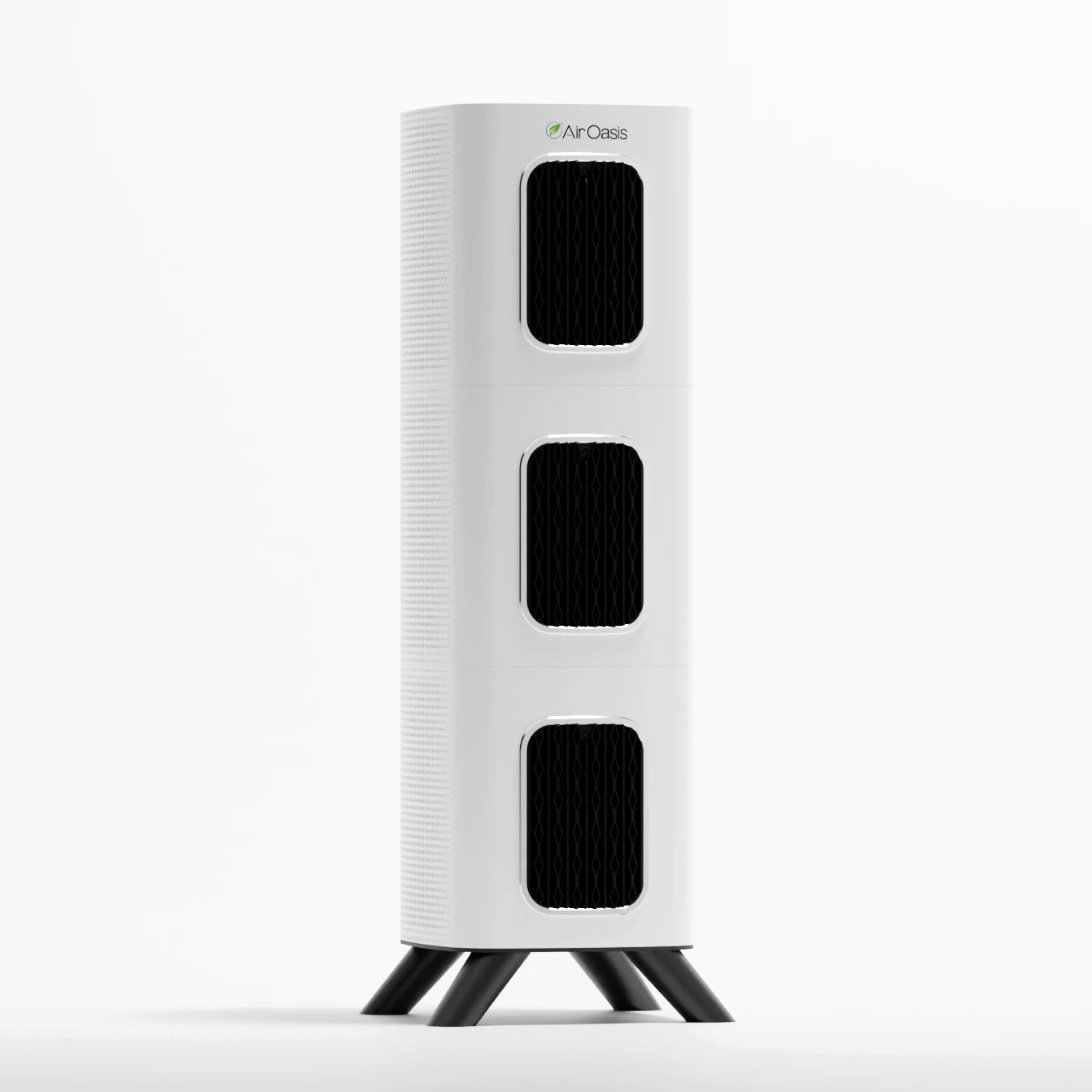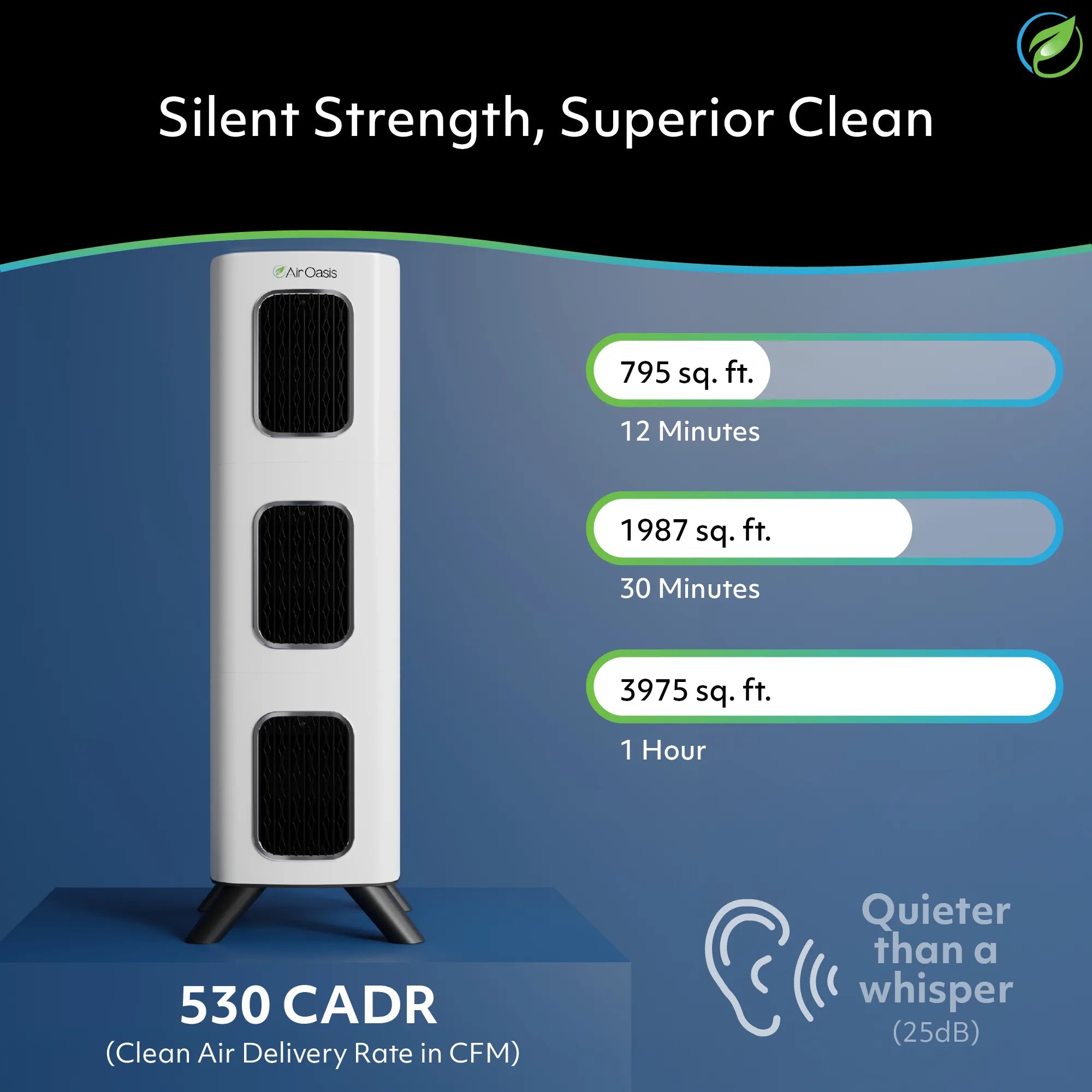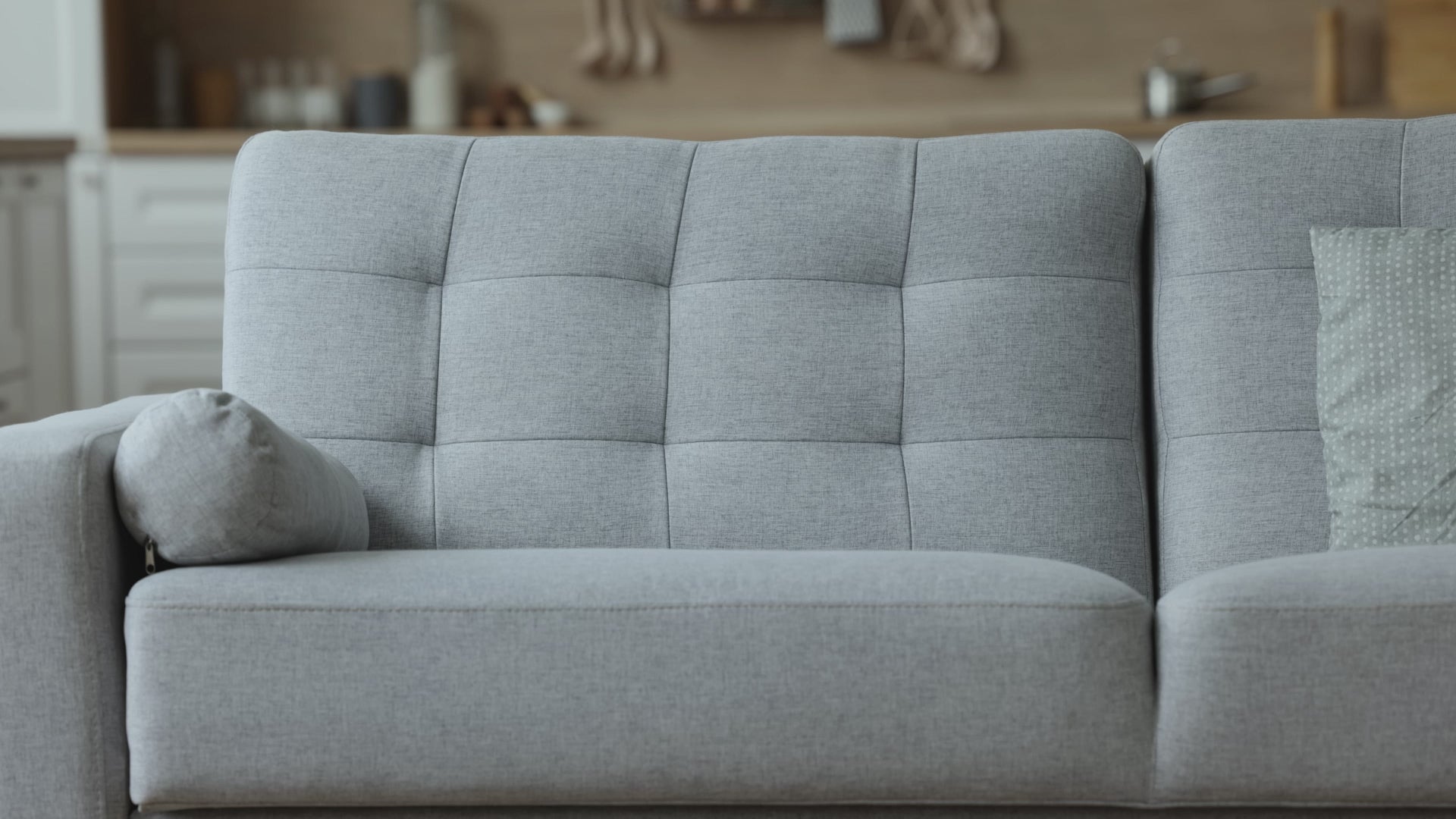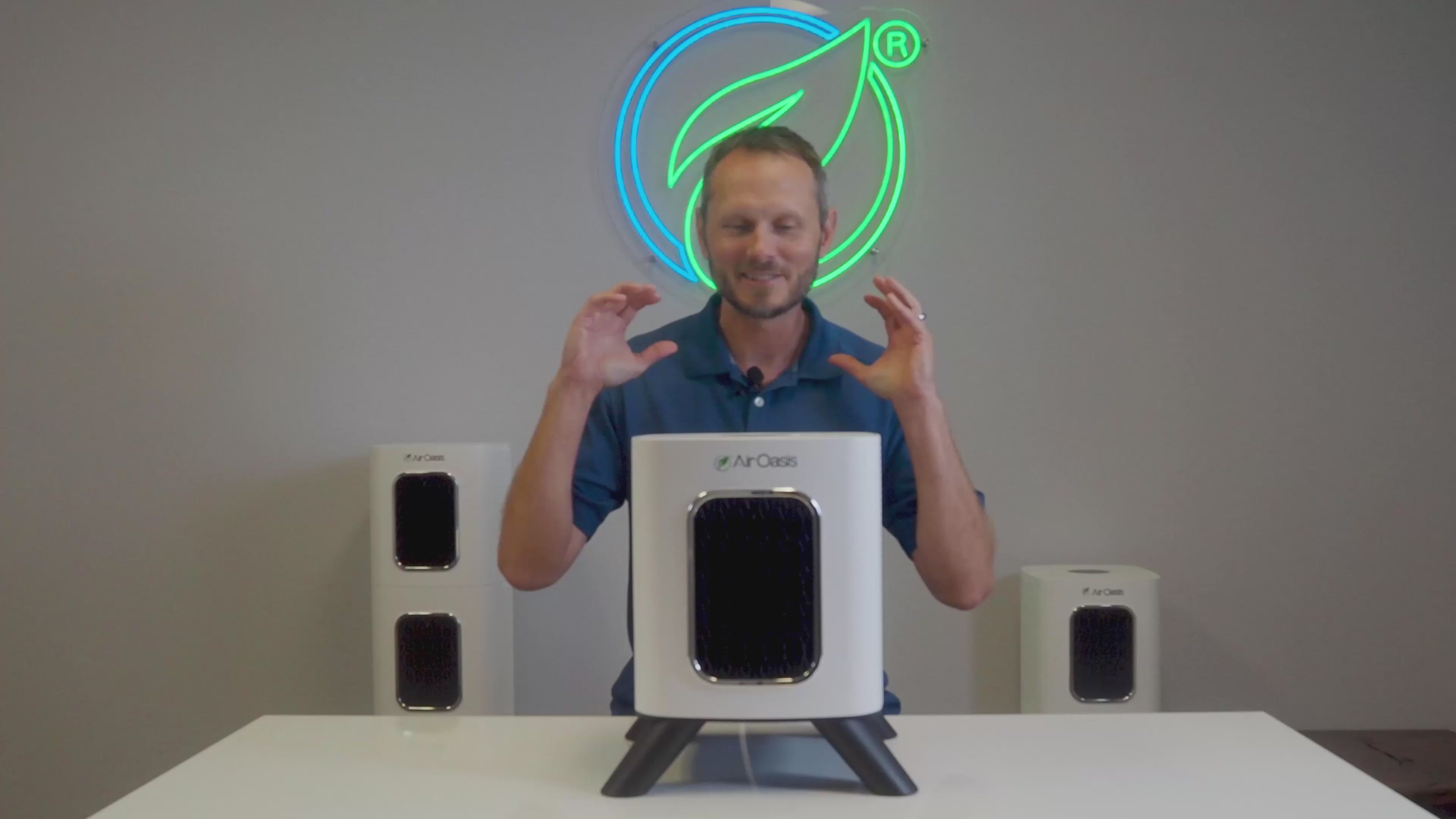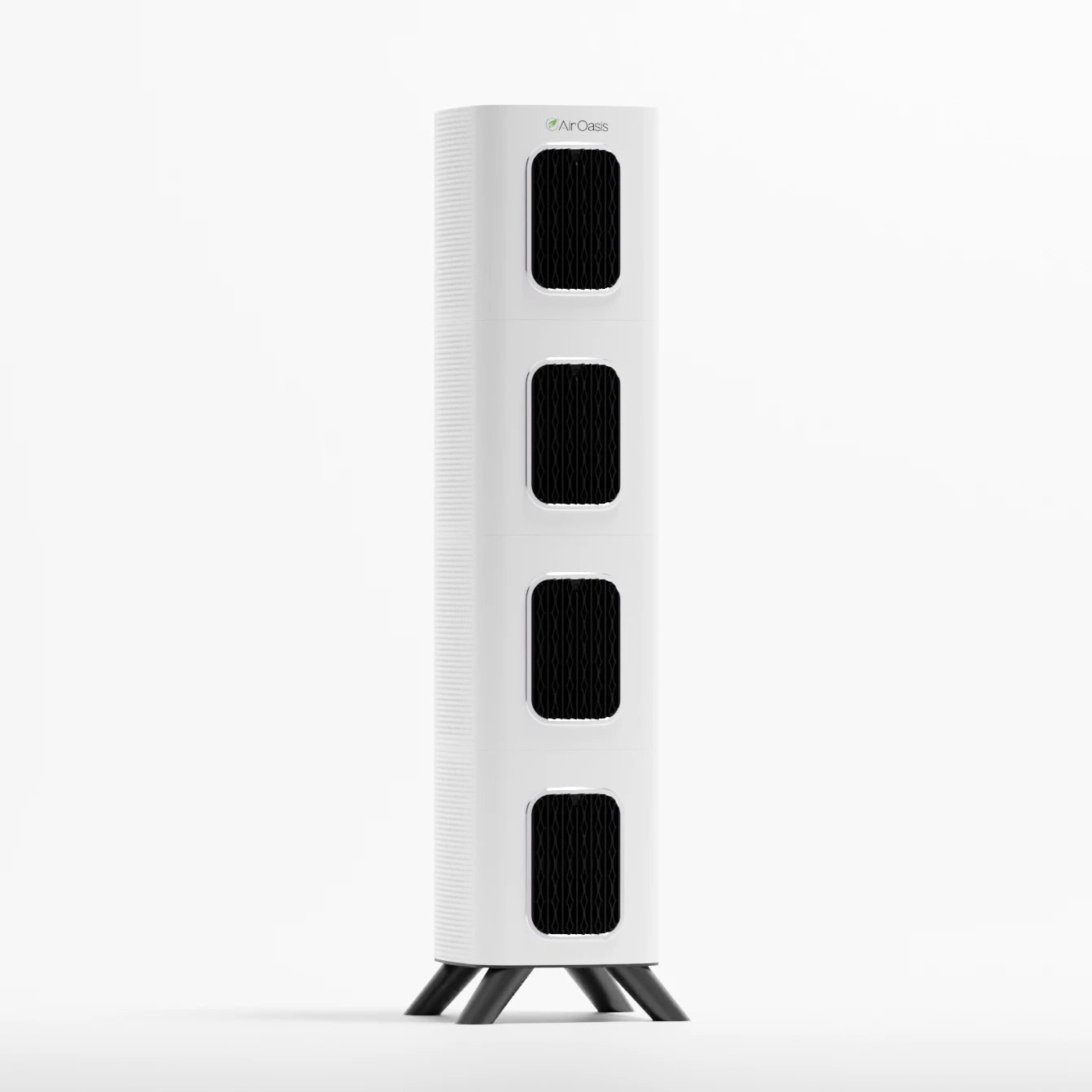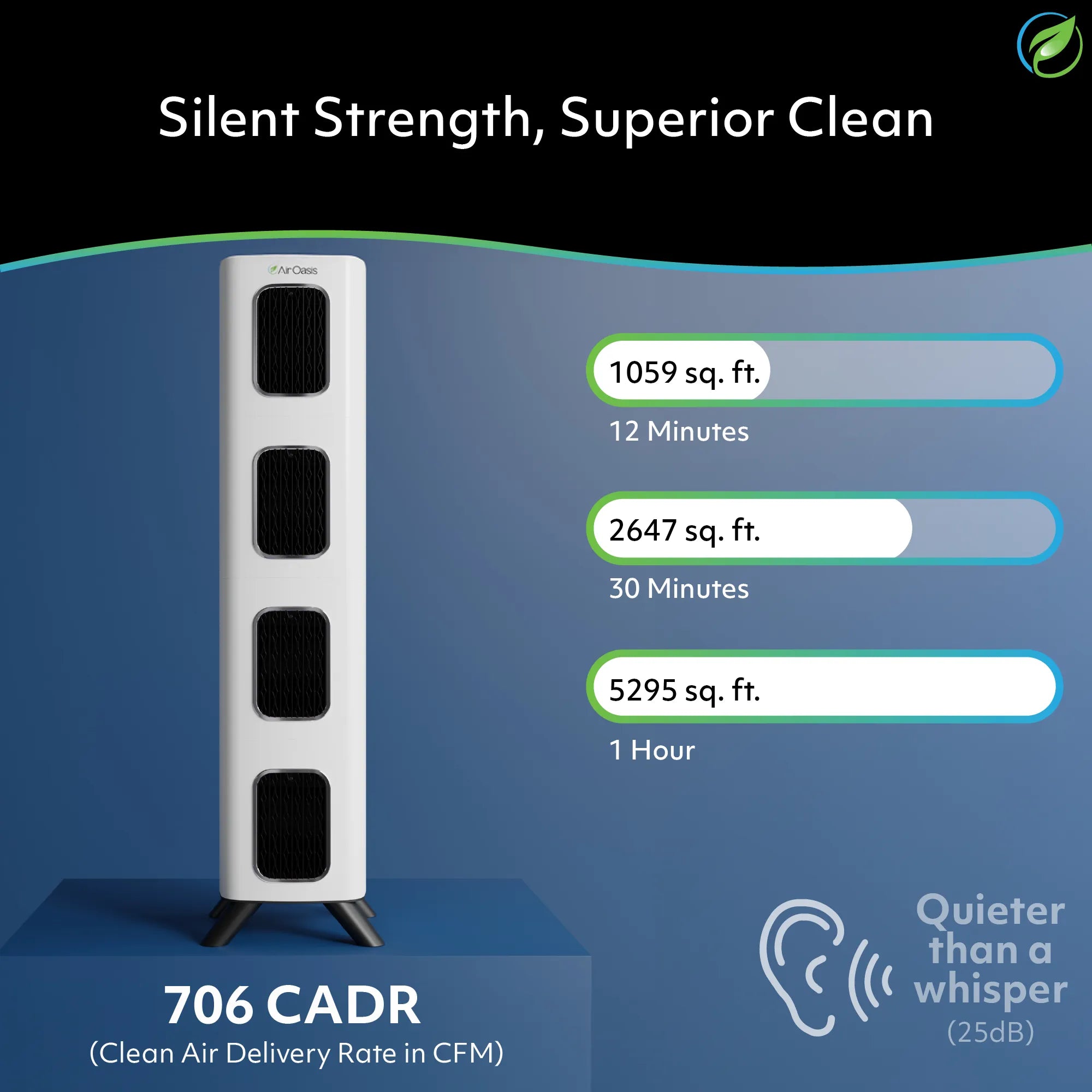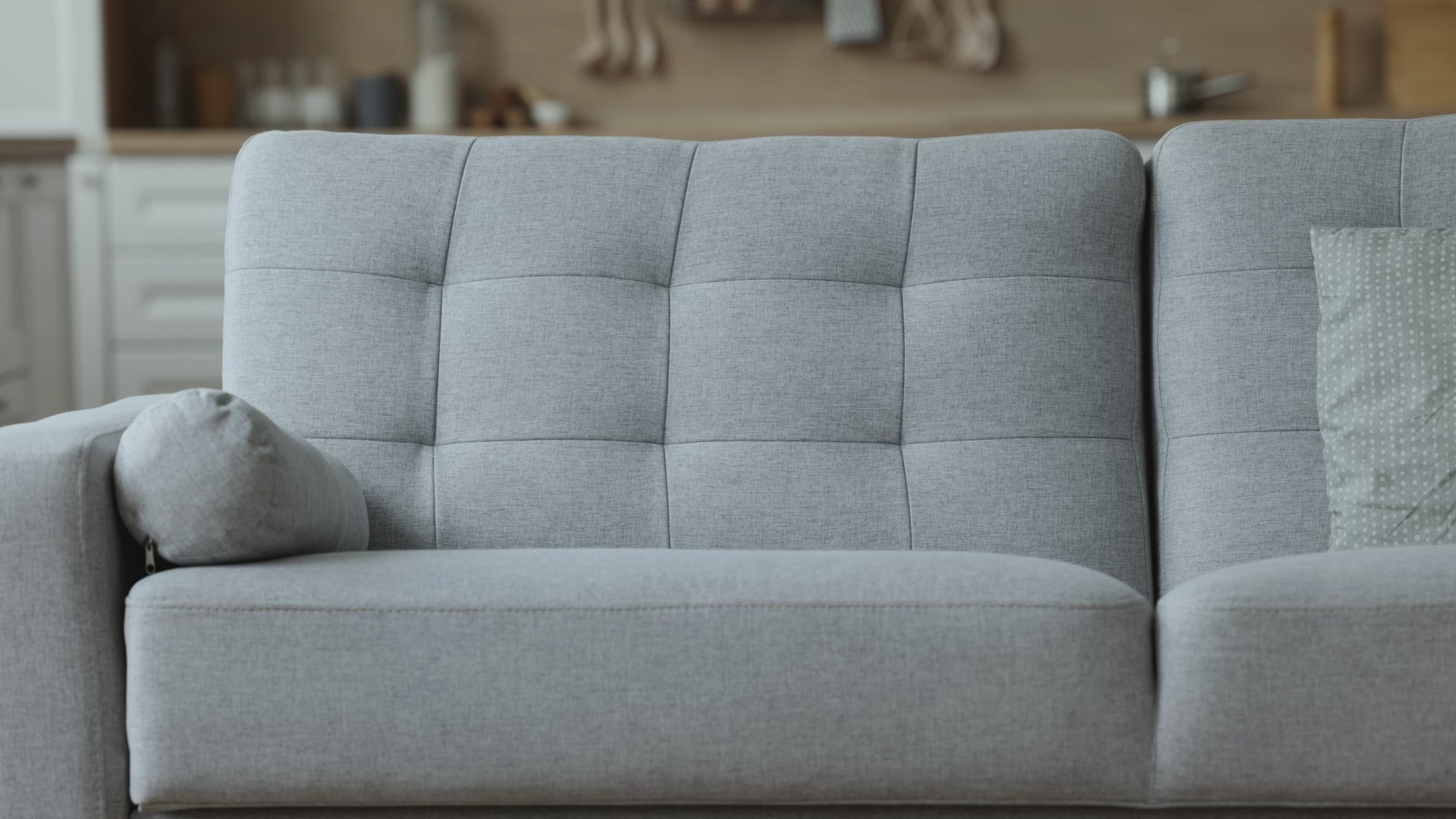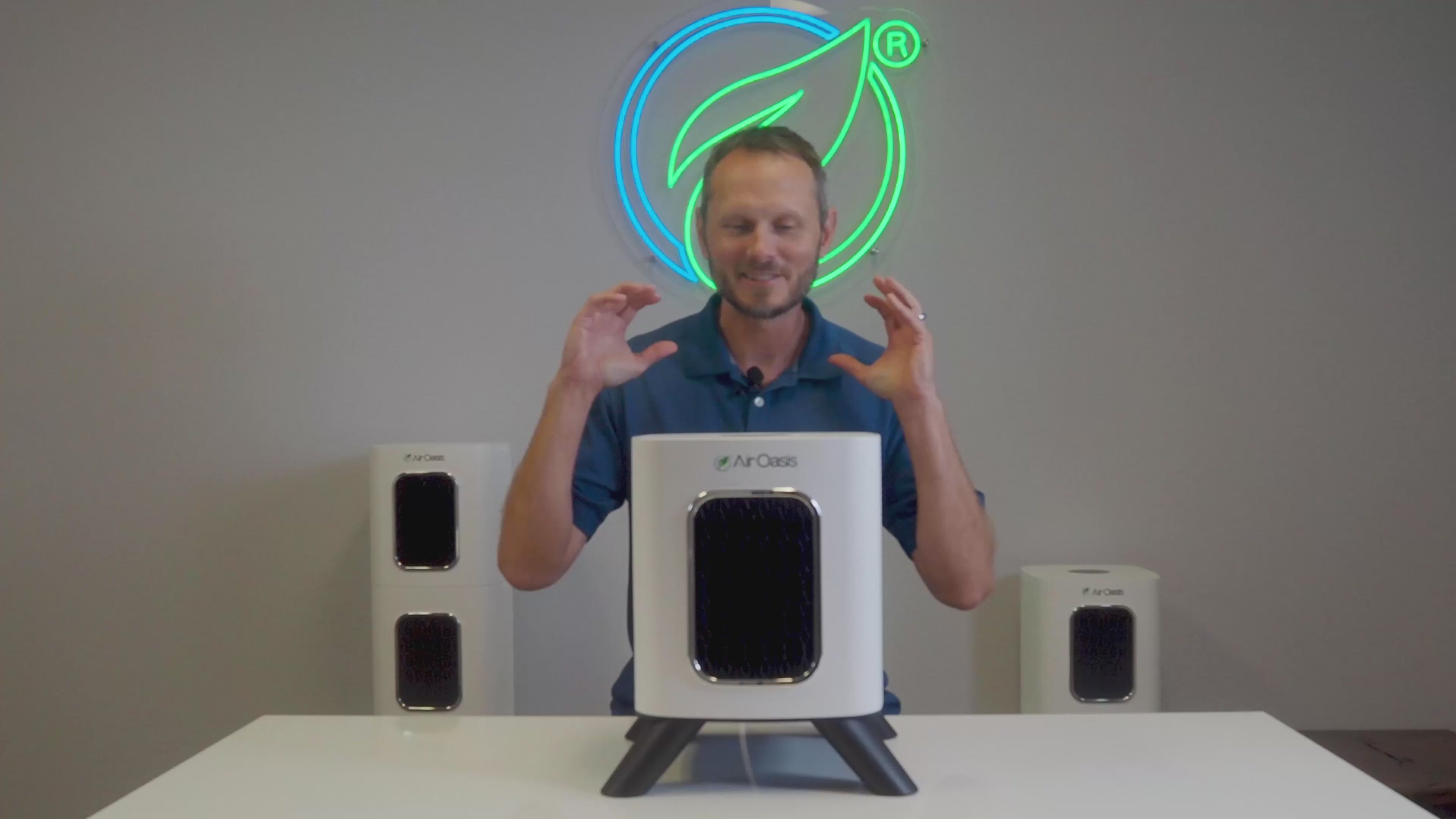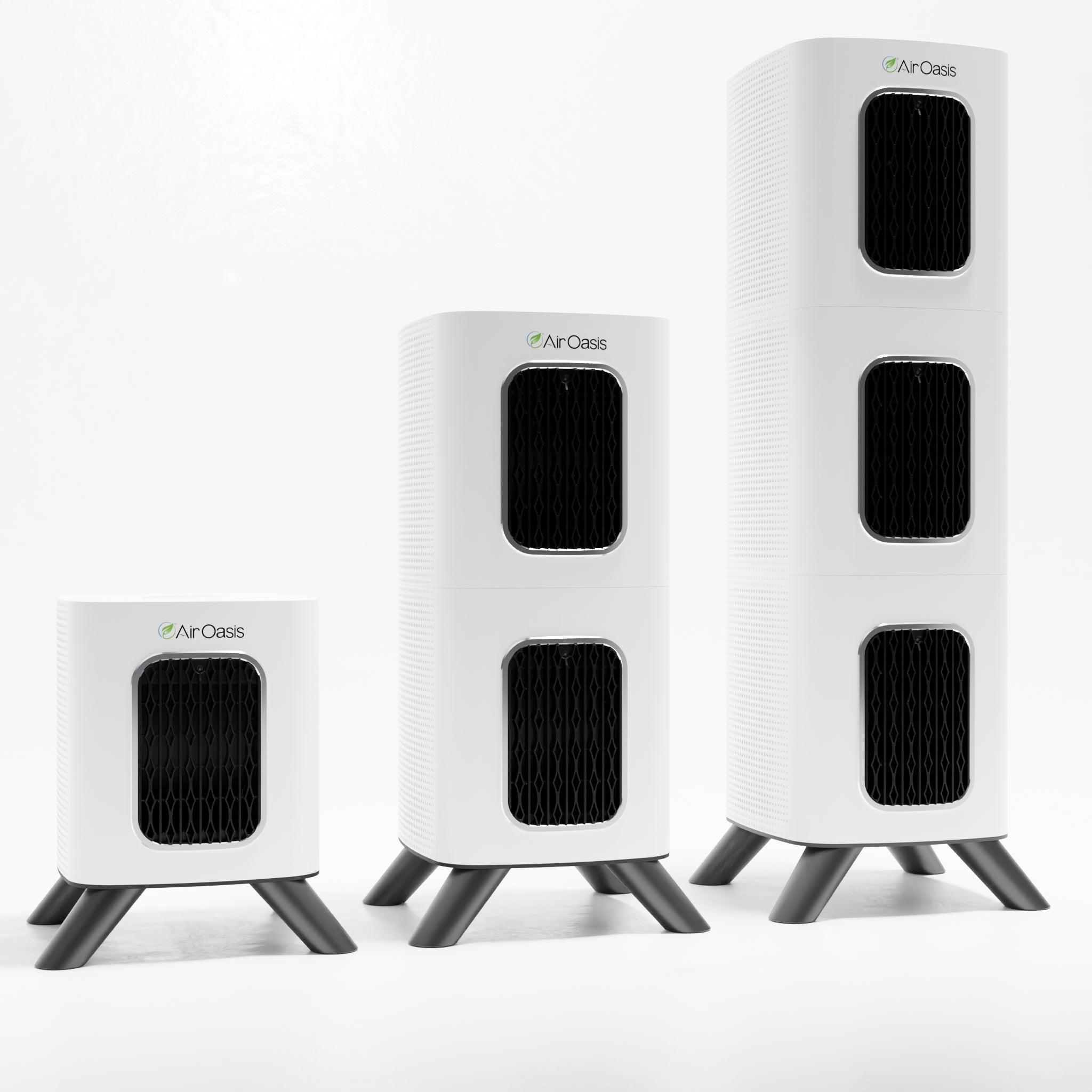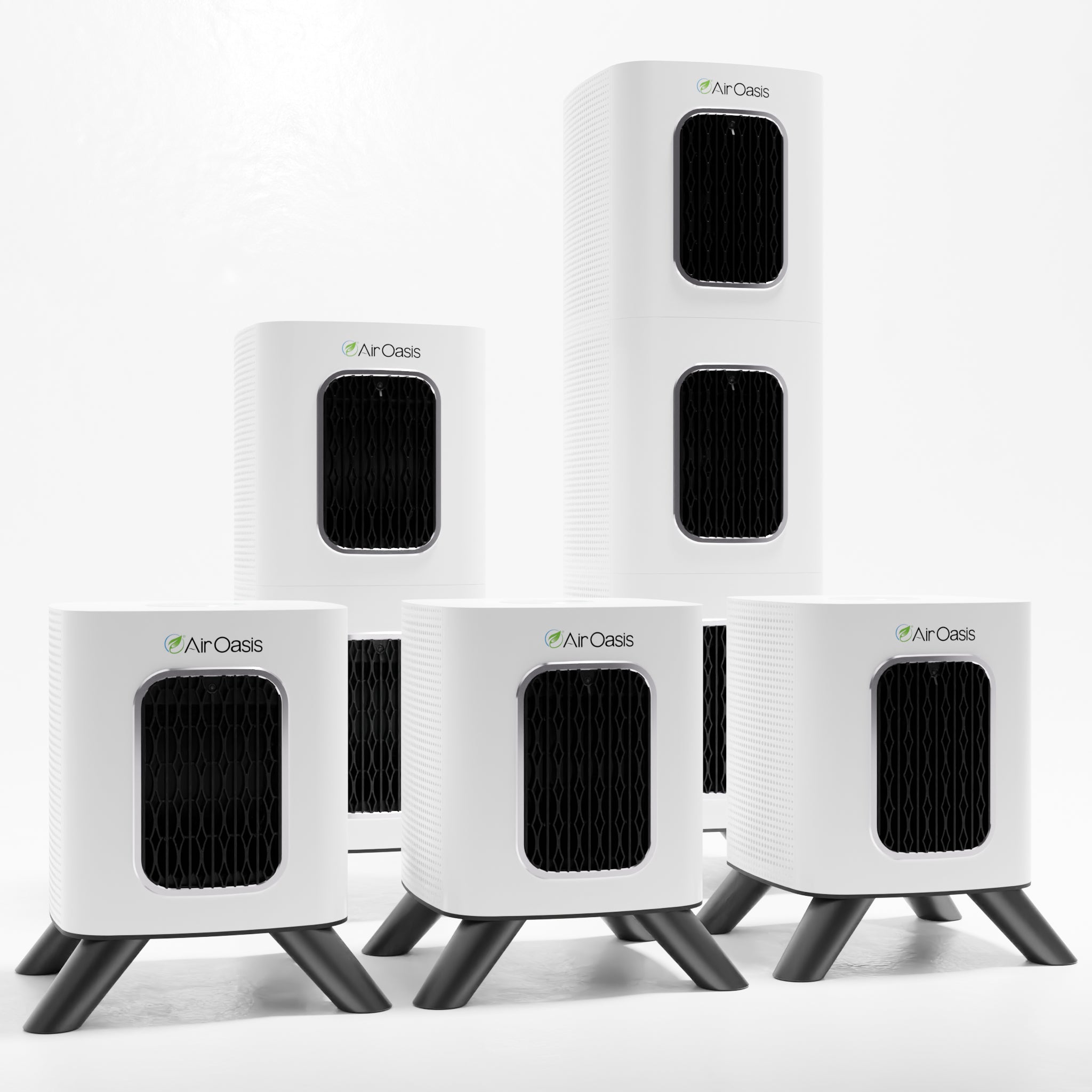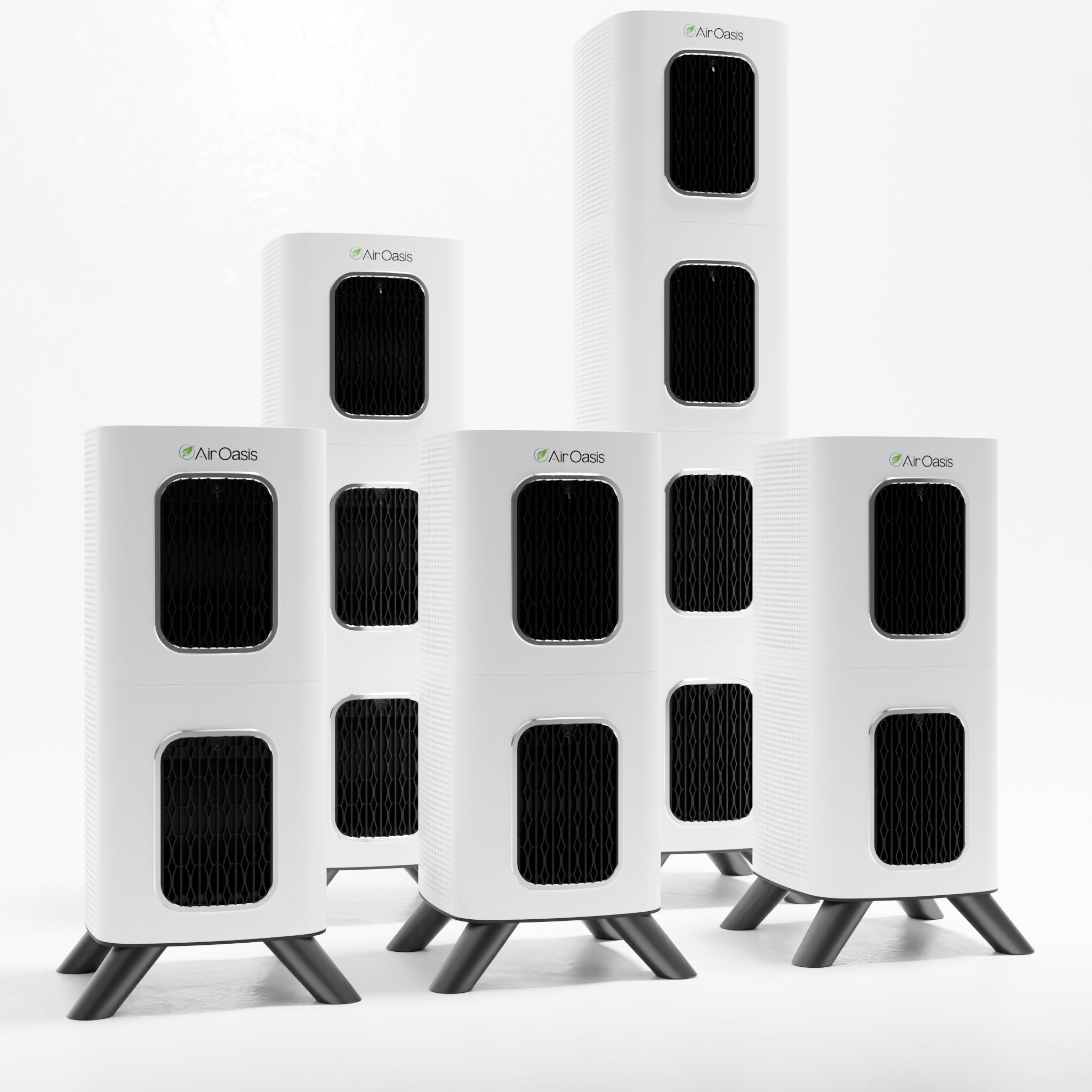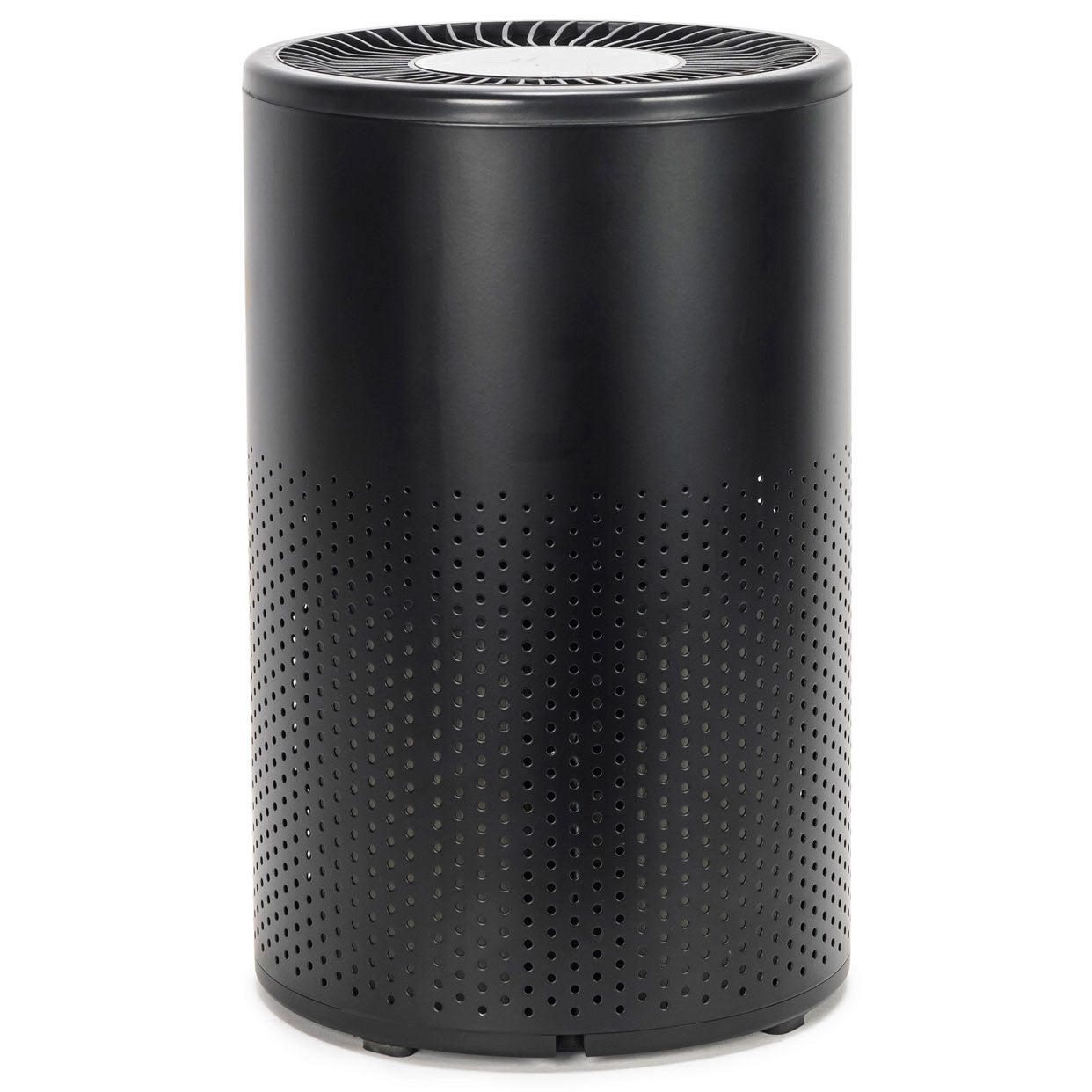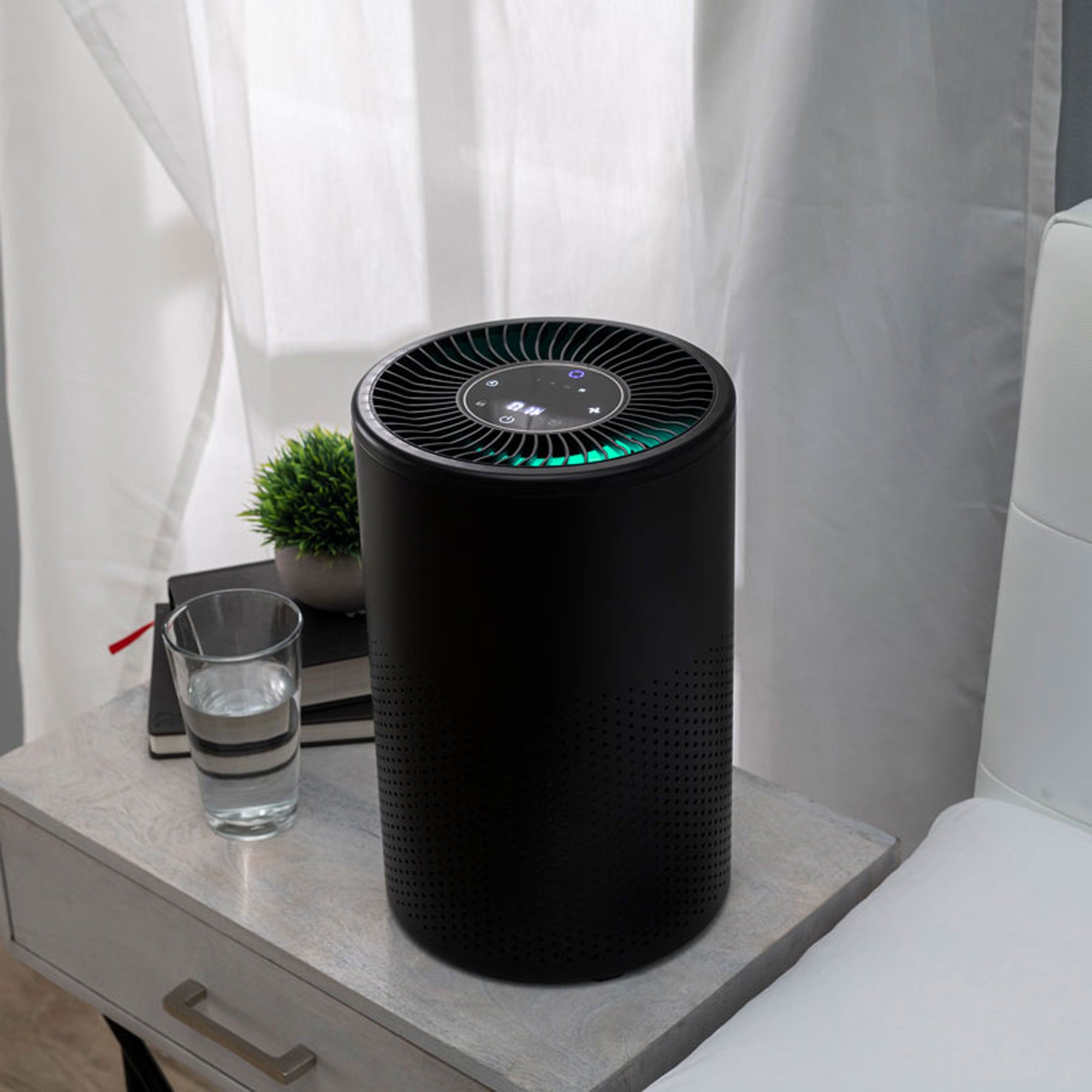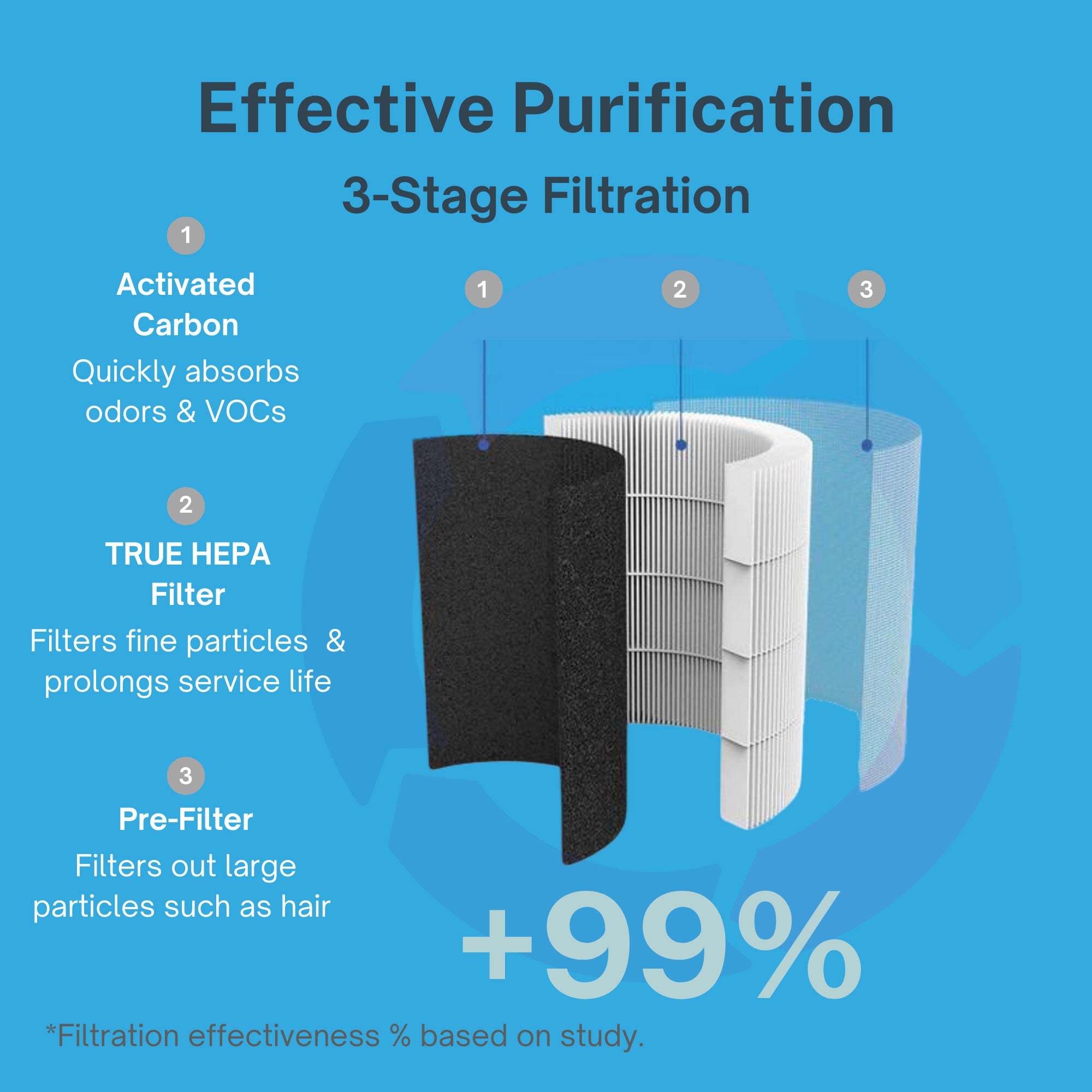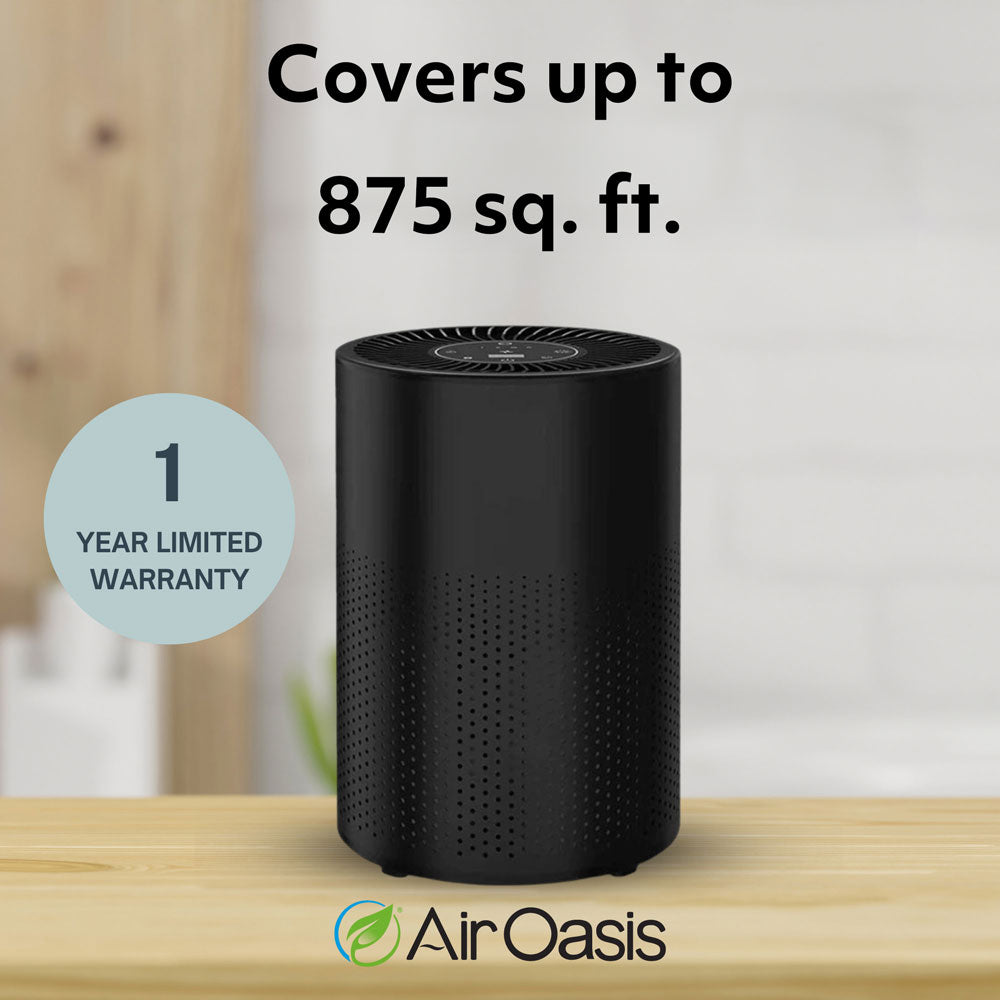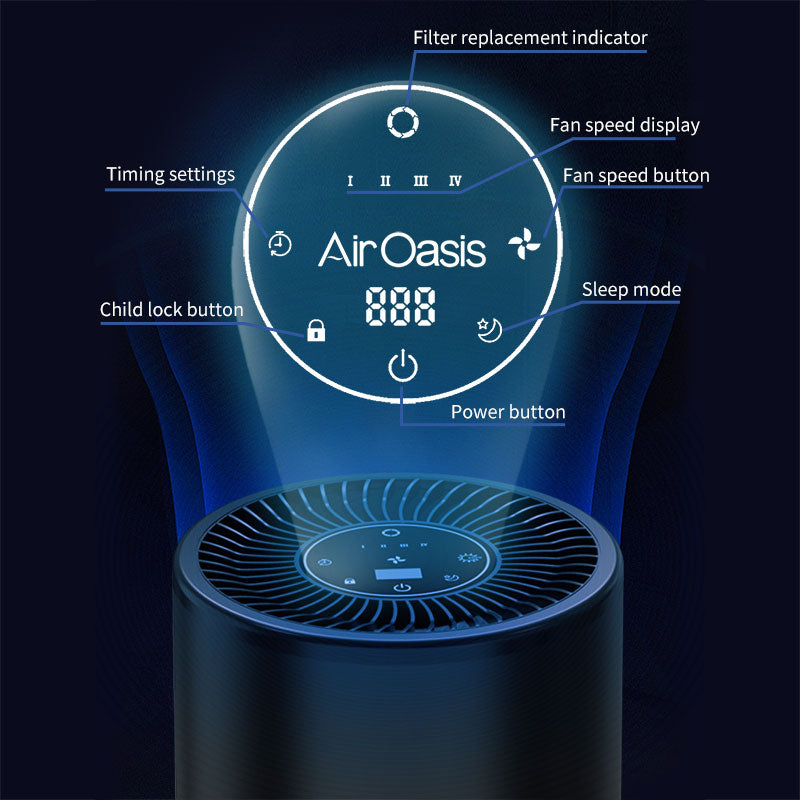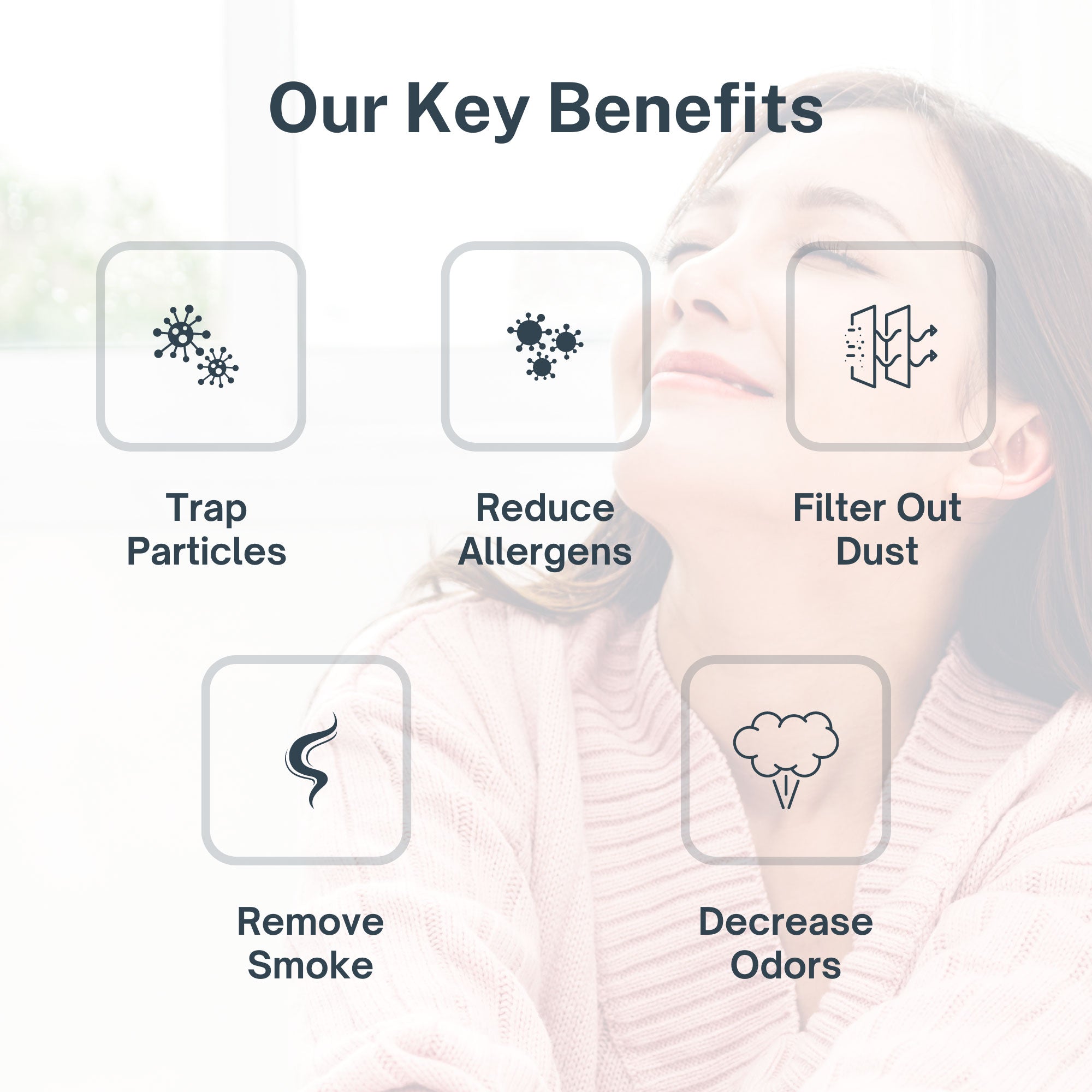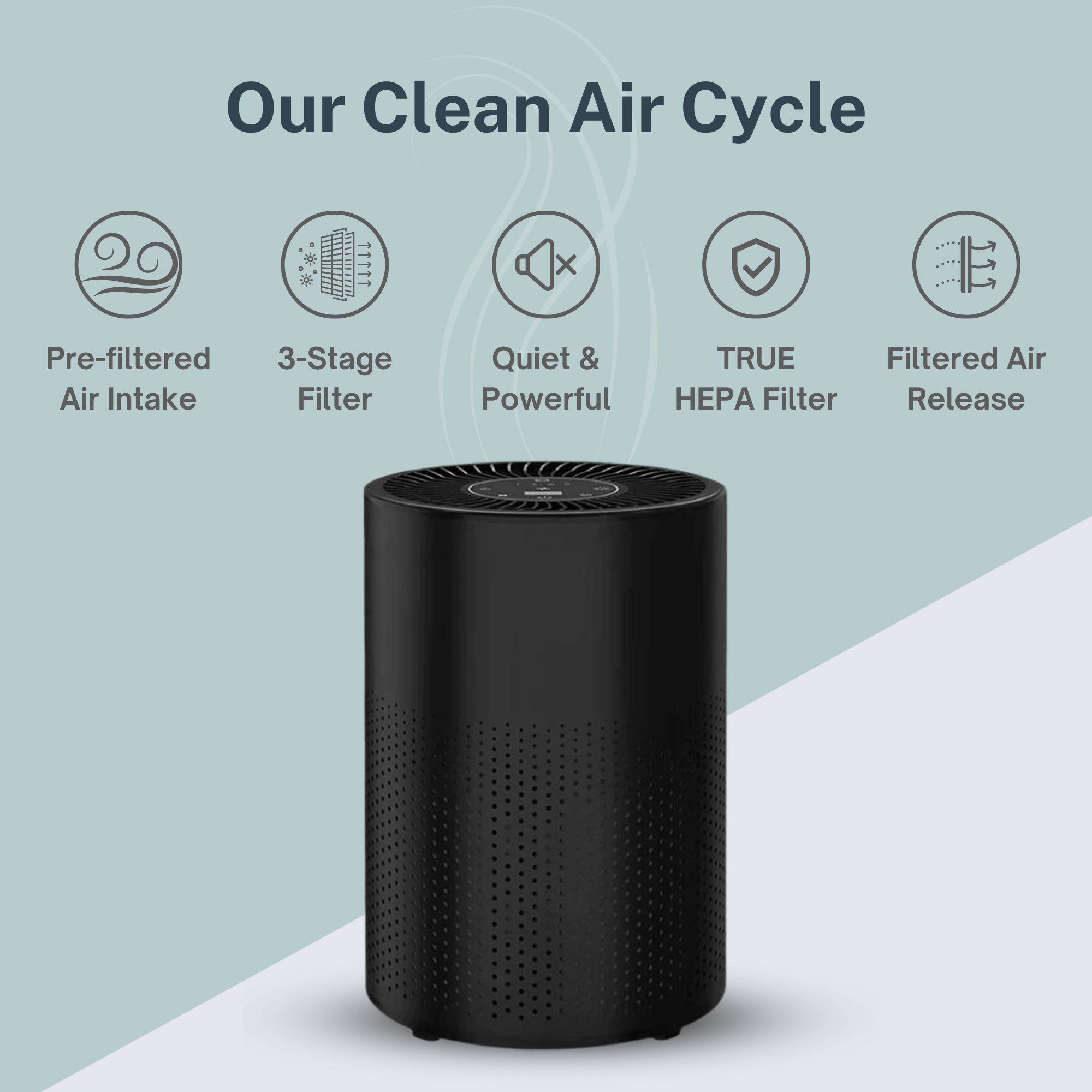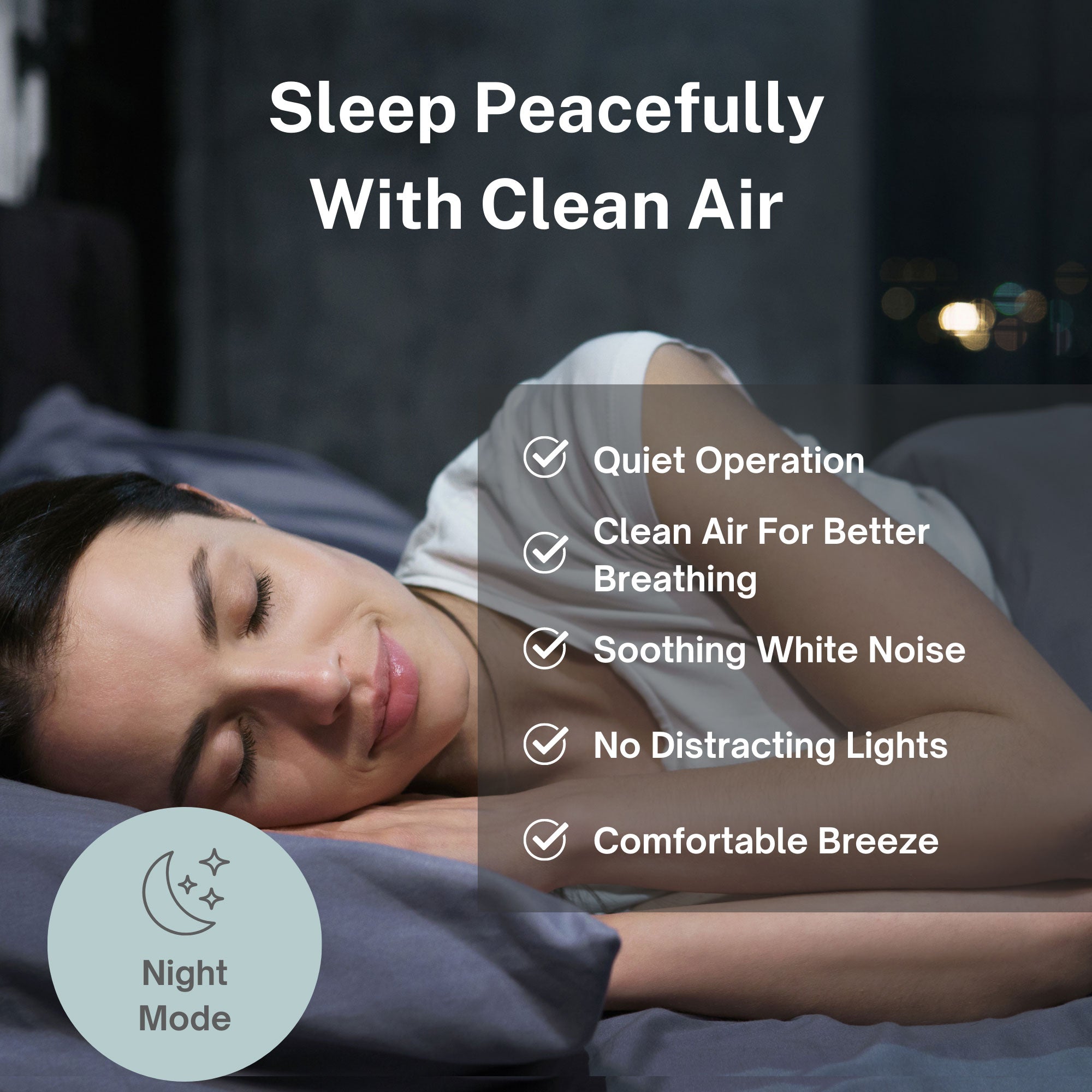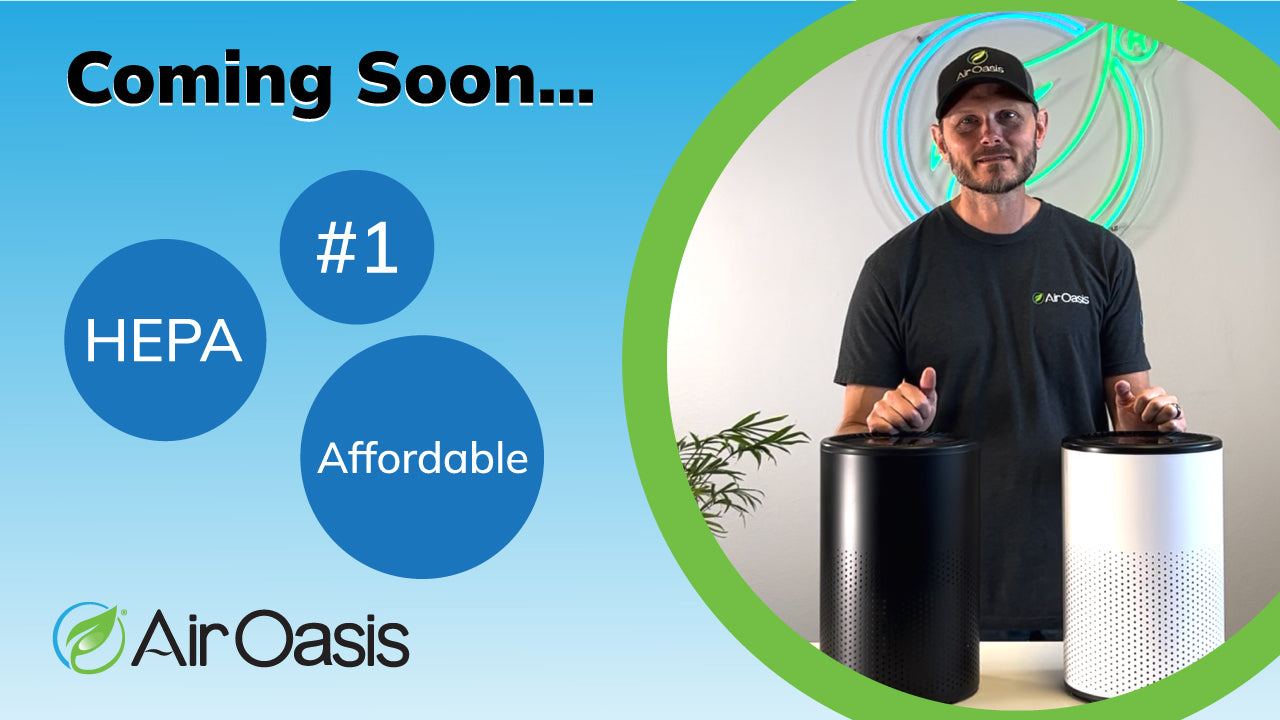Have you checked Austin's air quality lately? The latest American Lung Association "State of the Air" report reveals a troubling trend: Austin-Round Rock-San Marcos has plummeted to the 39th most polluted place in the United States, down from 54th last year. This represents a decline of more than 25% in just one year, with Travis County receiving a failing grade for its ozone pollution levels.
Austin's Worsening Air Quality: Understanding the Numbers
The deterioration of Austin's air quality is part of a concerning pattern across Texas. The American Lung Association's report, which analyzed pollution data from 2021 to 2023, found that ozone pollution (smog) has reached particularly dangerous levels in Travis County. The county recorded approximately 7.7 unhealthy ozone days compared to just 2.3 days the year before – more than tripling the number of days residents breathed unhealthy air.
As Charlie Gagen, advocacy director for the American Lung Association, pointed out, "This air pollution is causing kids to have asthma attacks, making people who work outdoors sick and unable to work, and leading to low birth weight in babies." These health impacts ripple through our communities, affecting quality of life, healthcare costs, and productivity.
Texas faces widespread air quality challenges, with Houston-Pasadena (7th), Dallas-Fort Worth (10th), and San Antonio-New Braunfels (20th) all ranking among the nation's 25 worst cities for ozone pollution. The situation is equally concerning for particle pollution, with Houston-Pasadena ranking 8th worst nationally.
The Hidden Dangers of Poor Air Quality for Austin Residents
While outdoor air pollution makes headlines, many Texans don't realize that indoor air quality can be 2-5 times worse than outdoor air. With the average person spending approximately 90% of their time indoors, this presents a significant health concern, especially as outdoor pollution worsens.
The EPA has identified indoor air pollution as one of the top five environmental health risks. For Austin residents already exposed to unhealthy outdoor air, poor indoor air quality can compound respiratory issues, trigger allergies, and exacerbate conditions like asthma and COPD.
Children and elderly individuals are particularly vulnerable to air pollution's effects. With Travis County's failing grade for air quality, protecting indoor environments becomes essential for these sensitive populations. The health impacts aren't limited to respiratory conditions – research has linked air pollution exposure to cognitive decline, cardiovascular problems, and even cancer.
Creating a Clean Air Haven in Your Austin Home
As Austin's outdoor air quality continues to deteriorate, creating a clean air sanctuary within your home becomes increasingly important. The iAdaptAir® purification system offers a comprehensive solution designed to address the specific air quality challenges facing Texas residents.
The iAdaptAir® utilizes a multi-stage approach to air purification that targets both particle pollution and ozone – the two pollutants highlighted in Austin's failing air quality report. Its medical-grade HEPA filtration captures 99.97% of airborne particles as small as 0.3 microns, including the fine particulate matter that contributes to respiratory and cardiovascular issues.
For ozone pollution, which has reached concerning levels in Travis County, the activated carbon filtration in the iAdaptAir® helps remove volatile organic compounds and gaseous pollutants that often accompany elevated ozone levels. This multi-layered approach provides more comprehensive protection than standard air filters that may only address particle pollution.
Beyond Filtration: A Complete Air Quality Solution for Texas Homes
The air quality challenges facing Austin require more than just filtration. The iAdaptAir® incorporates additional purification technologies that address the complex mixture of pollutants found in Texas homes.
UV-C light technology targets airborne pathogens, while bipolar ionization helps neutralize ultrafine particles, allergens, and certain volatile compounds. This comprehensive approach addresses not only the outdoor pollution infiltrating homes but also indoor-generated pollutants from cooking, cleaning products, and everyday activities.
Air Oasis technology has been developed with particular attention to the needs of allergy sufferers and those with respiratory conditions – groups especially vulnerable to Austin's declining air quality. By removing allergens, irritants, and pollutants from indoor air, these systems help create a protected environment regardless of outdoor conditions.
Taking Control of Your Family's Air Quality
While we can't individually solve Austin's outdoor air pollution crisis, we can take immediate steps to protect our families' health by improving indoor air quality. The Lung Association recommends using HEPA air purifiers in homes to reduce exposure to particulate matter and other pollutants.
For Austin residents, this means selecting air purification systems sized appropriately for Texas homes, which tend to be larger than the national average. The iAdaptAir® comes in multiple sizes to accommodate different room dimensions, allowing you to prioritize bedrooms and living areas where families spend the most time.
Unlike seasonal allergy solutions, comprehensive air purification addresses the year-round pollution issues facing Austin residents. With failing grades for air quality becoming more common across Texas, investing in long-term air quality solutions provides ongoing protection against both current and future pollution challenges.
A Healthier Future for Austin Families
As Austin confronts its worsening air quality ranking, the importance of creating healthy indoor environments has never been clearer. While community-level solutions are essential for addressing the root causes of outdoor pollution, individual action to protect indoor air quality provides immediate health benefits for Texas families.
By investing in advanced air purification technology, Austin residents can create clean air sanctuaries within their homes – spaces where children can breathe easily, where elderly family members are protected from pollution-related health risks, and where everyone can enjoy better health and well-being despite increasing outdoor air quality challenges.
The declining air quality rankings for Austin should serve as a wake-up call about the importance of indoor air quality in protecting family health. With the right air purification solutions, you can breathe clean, healthy air in your home regardless of what's happening outside.
Ready to protect your family from Austin's worsening air quality? Shop Air Oasis today and take the first step toward creating a healthy air environment in your Texas home.


